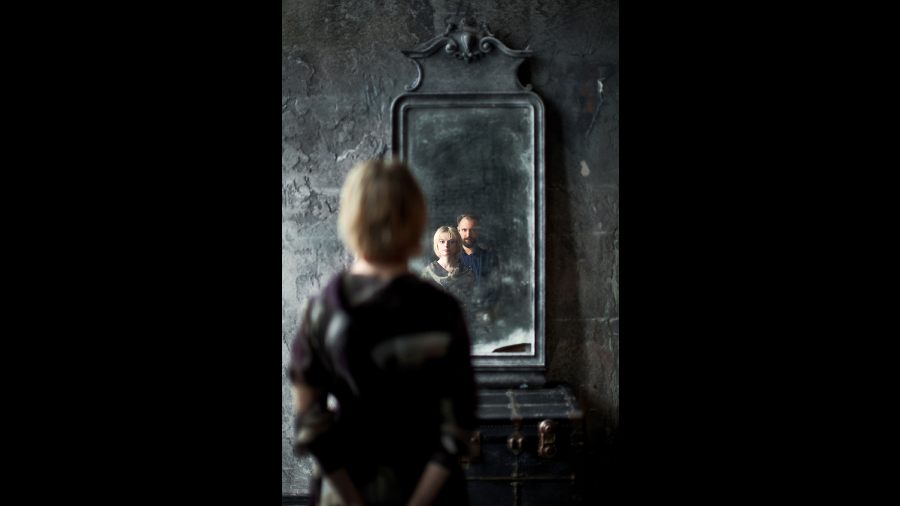Book: The Easy Life
Author: Marguerite Duras
Publisher: Bloomsbury
Price: ₹599
Marguerite Duras is best remembered for her scandalous autobiographical novel, The Lover, published in 1984. The book was a dreamlike recollection of the youth of a 70-year-old and read as such — confessional and suspended in time. The Easy Life, her second book — this has been translated to English for the first time by Olivia Baes and Emma Ramadan — was published in 1944 when she was just turning 30 and still finding her feet as a writer. It is cautiously experimental in form and pace, and brimming with distress, an indication of Duras’s youth and the upheavals in her life. In the years preceding the publication of The Easy Life, she had undergone the pain of losing her younger brother, the stillbirth of her first child and the imprisonment of her husband at the Buchenwald concentration camp.
The narrative of The Easy Life begins on an exceptional day in the village of Les Bugues in southwest France. The Veyrenattes, living in reduced circumstances, are in the midst of a vicious fight. Jerome, the no-good uncle who had squandered the family fortune and driven them out of town in shame, is now taking his last breath because of yet another faux pas. He has been having an affair with his nephew’s wife, Clemence. The narrator, Francine, spilled the beans to her brother, Nicholas, “only because I was alone while they were together”. Jerome dies soon after.
A tangled web of love, lust and resentment leads to unforeseen consequences and, by the second part of the book, Francine has fled to a beach town in an effort to escape the insurmountable grief that has shaken her. But life in T., a town on the Atlantic coast, is slow and the boredom that seeps in from endlessly staring at the sea forces the narrator to confront her inner crisis which takes the shape of long monologues. At times the dissonance is so sharp that “[e]ven [her] name did not reassure [her]”. Francine is consumed by mourning, helplessness and a yearning for the familiar claustrophobia of home.
Much like The Lover, The Easy Life is a meditation on the agonies of youth, poverty and femininity as well as the helplessness wrought by drudgery. But a comparative reading of the two reveals the deftness that Duras acquired with time and a long career as a writer. While The Lover unveils the story with the help of particular memories, actions and objects in a circuitous manner, The Easy Life is linear in format and concludes almost awkwardly with a marriage plot. However, it is amply clear that the themes on which Duras would go on to write can be traced back to her early works.
At the end of the book, Ramadan and Baes discuss the difficulties of translating La Vie Tranquille which required the usage of the harshest synonym to adequately “feel Francine’s anger, her resentment, her clawing at the ‘dreamskin’ of Les Bugues.” Francine’s premonitory fatigue that has made her “old with all my future years” also resonates with the author, Kate Zambreno, who writes the Foreword to the novel while being utterly exhausted and breastfeeding a child. Rereading The Lover, she can recognise the “deep fatigue of the mother” and the brutality of family life on women — “chaos, boredom, chaos”.
Francine’s fear of squandering away her life and the murderous intent it sparks are eerily familiar. Perhaps more so because of the irrevocable missteps which she hopes would resolve her woes and lead to “the easy life”. The domestication of her errant desires and resignation to the mundane is painful and ominous. She is no longer who she used to be.











